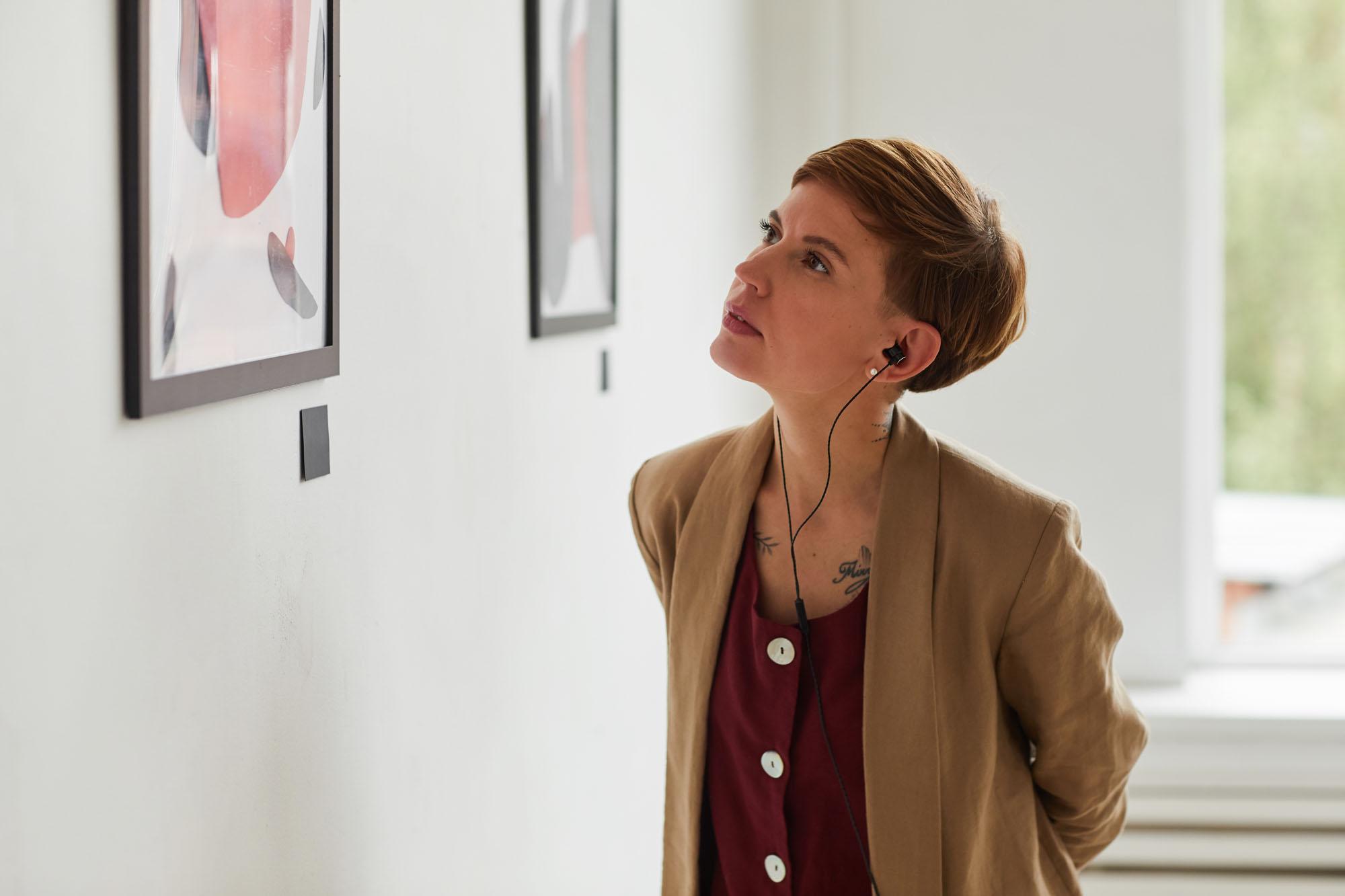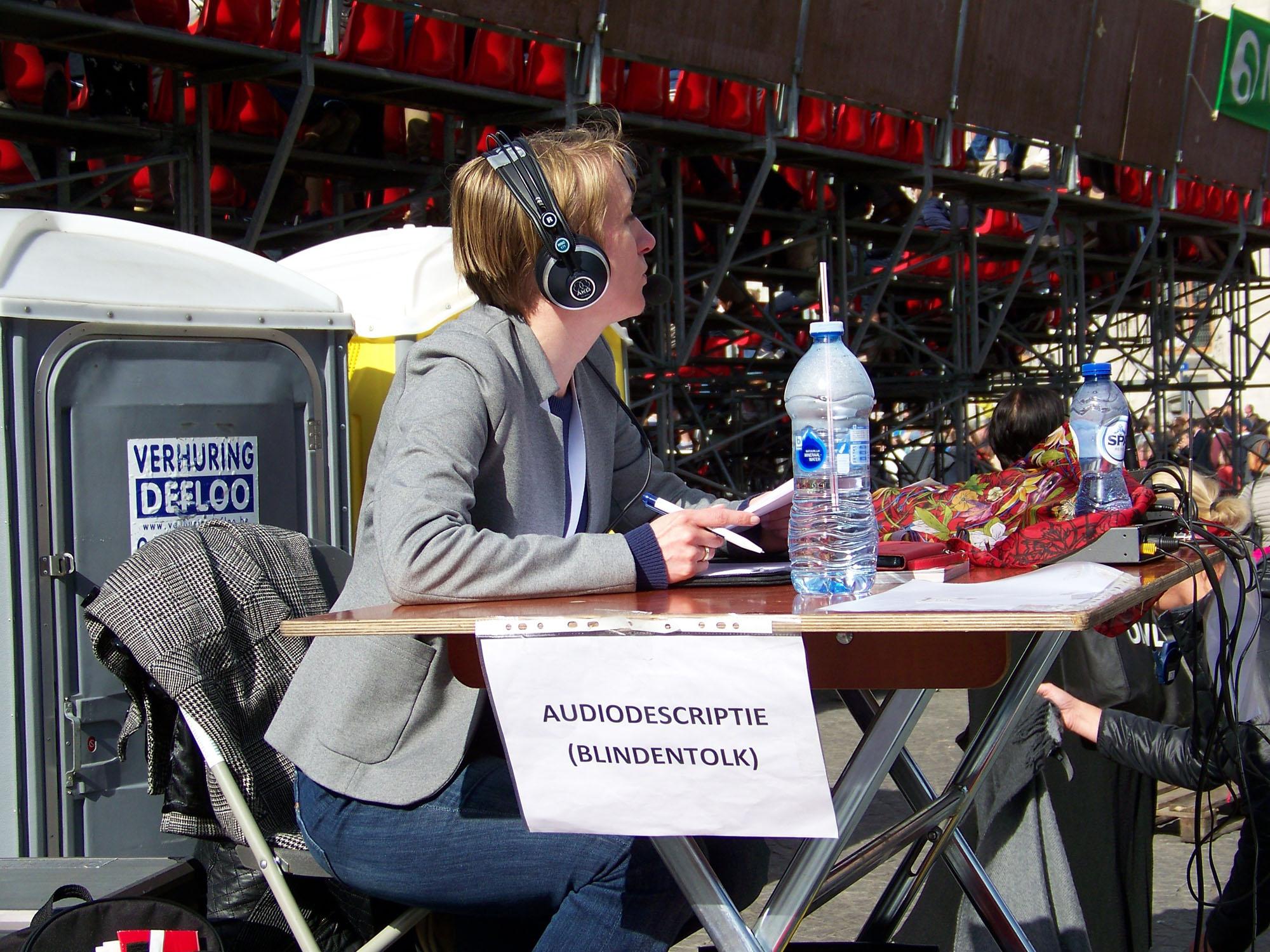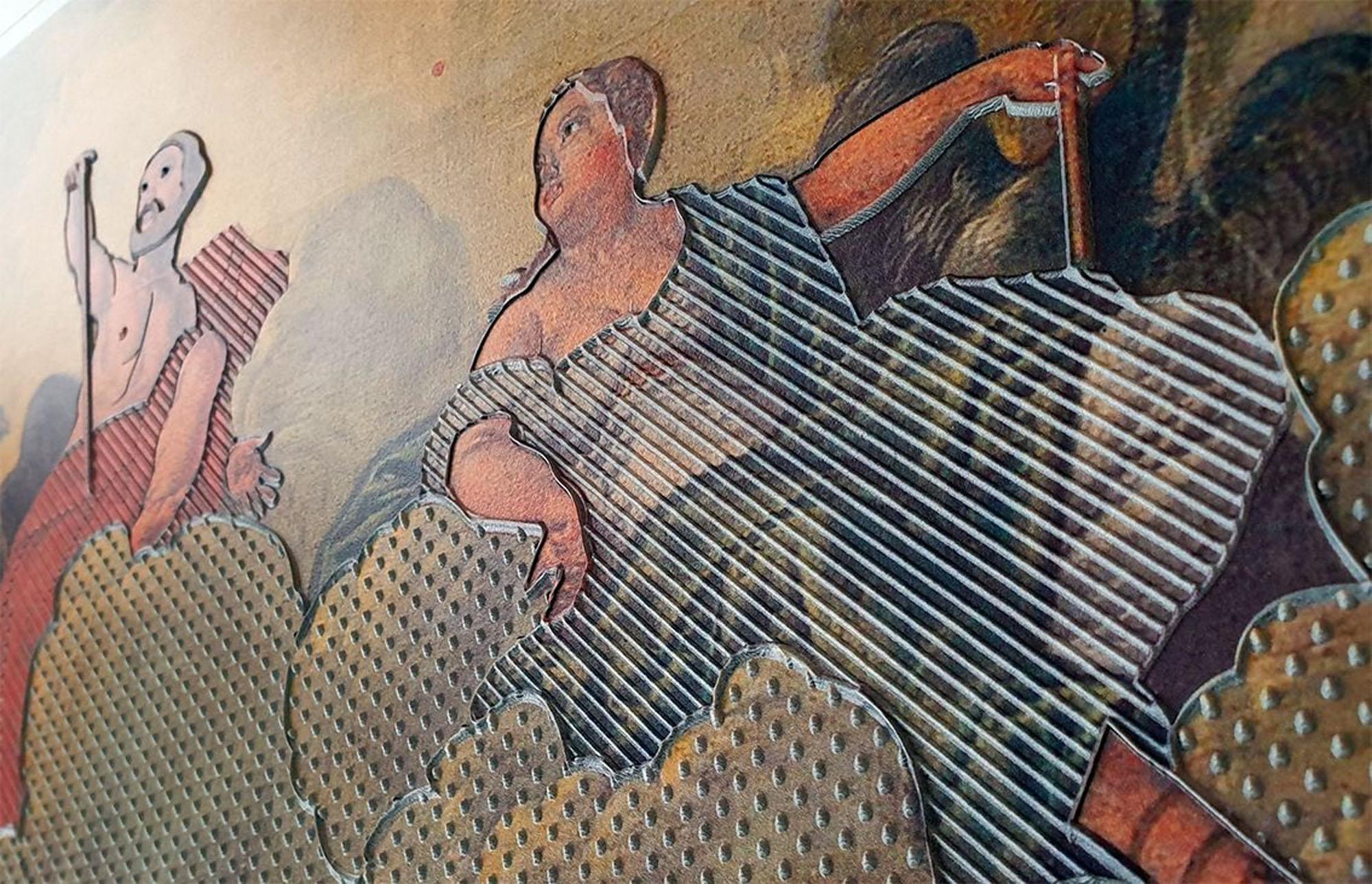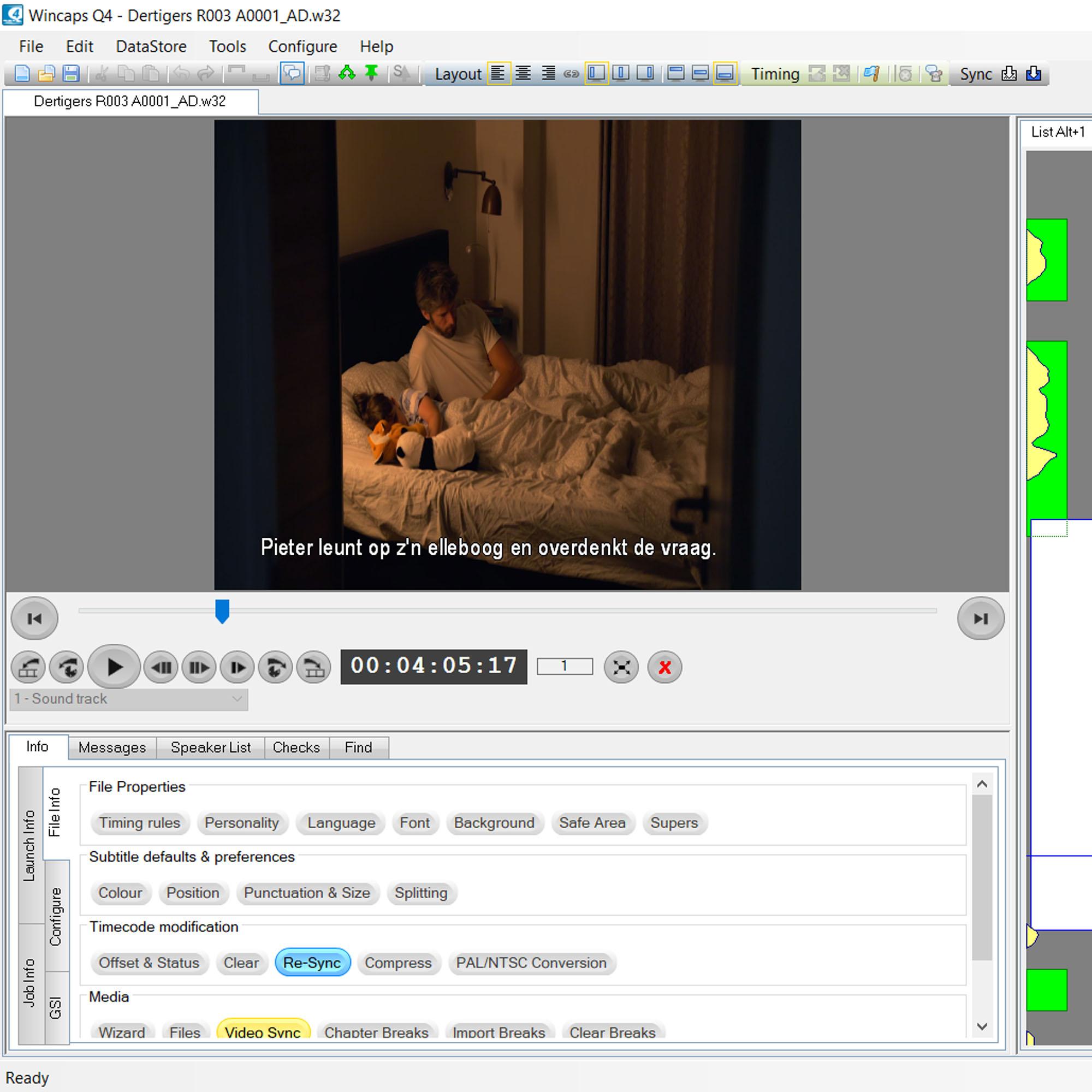Audio Description
Audio description makes films and (online) videos, but also live events and museum tours, accessible to people who are blind or visually impaired. We provide various types of audio description.


Audio description for live events
For live audio description, the audio describer is present during an event and provides live commentary. Such events can include plays, but also music festivals or processions. The narrative voice that blind and visually impaired people hear during the event is that of the audio describer.
Audio describers are also colloquially called ‘interpreters for the blind’. During live events, we often use a sign reading ‘audio description – interpreter for the blind’ to make it clear to the sighted people present what we are doing.

Audio description for museum tours
More and more museums offer an adapted audio guide that can be used by blind and visually impaired visitors. In addition to the standard information pertaining to the pieces in the museum, it also offers vivid descriptions of the works of art, and usually also directions on where to go next.
In addition, museums often offer touch elements that blind and visually impaired visitors can feel. But to really get a good idea of a work of art, a tactile version alone isn’t enough. Therefore, we make supplementary descriptions, in which we also explain how best to go about feeling the work.

Audio description for film and TV
When we make a film, TV series or online video accessible to the blind and visually impaired, first we write a precisely timed script. It provides a description of what can be seen in the programme, without overlapping any of the dialogues. We also take into account important sound effects that must remain audible.
Next, the descriptions are recorded in a sound studio. This is always done by a professional narrator. Finally, the recordings are edited into the original programme, between the dialogues and background noises, with great precision.
Did you know?
Our audio descriptions adhere to the European ADLAB guidelines.
In our Dutch offices, you can learn to ‘Write Audio Description for Film and TV’.
We have provided audio description for live events since 2009.
Testimonials
Looking for a partner in audio description?
Are you working on a project in which audio description could provide added value? Or do you want to learn more about it during a brief course? We’re happy to help you!


